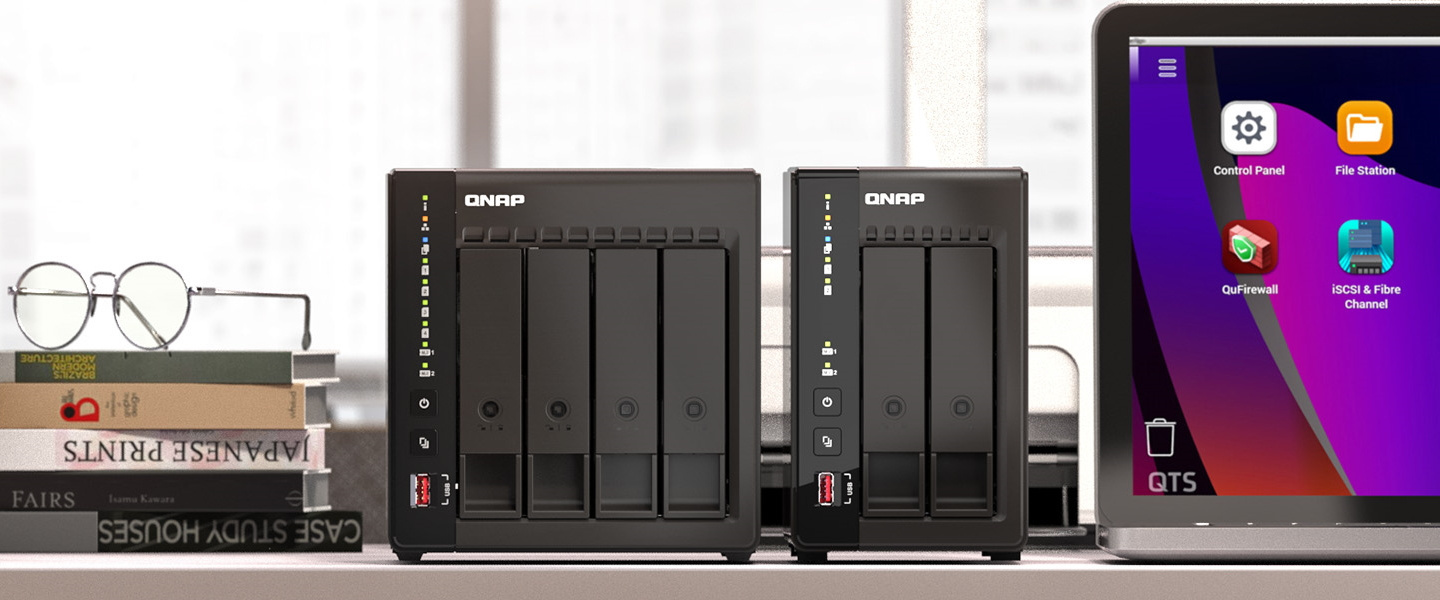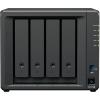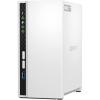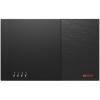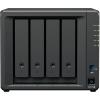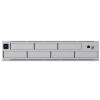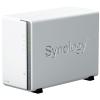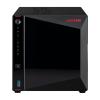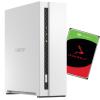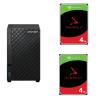On October 21st, 2025, a major outage at Amazon Web Services (AWS) disrupted websites and online services across the globe, leaving many businesses offline for most of the day. The issue stemmed from a critical malfunction within AWS, Amazon’s cloud computing arm, which powers millions of websites and digital platforms worldwide.
This incident underscored a fundamental weakness in today’s digital ecosystem: over-reliance on centralised cloud providers. When cloud services fail, the ripple effect can be catastrophic, impacting everything from business-critical applications to personal data.
For households and businesses seeking true data sovereignty, Network Attached Storage (NAS) offers a powerful alternative, one that combines control, security, and scalability.
This doesn’t mean you need to stop using cloud storage. In fact, the best approach is to let it complement your NAS. A hybrid setup gives you multiple backups in different locations, combining the speed and control of local storage with the added security of off-site redundancy. It’s the smartest way to protect your data and ensure peace of mind.
The Problem with Cloud Dependency
Cloud storage is convenient, but it comes with trade-offs:
- Single Point of Failure: If you’ve got all your eggs in one basket, and your provider experiences downtime, your data access halts.
- Recurring Costs: Monthly fees add up over time.
- Privacy Concerns: Data passes through third-party servers, increasing exposure risk.
- Bandwidth Limitations: Upload and download speeds depend on your internet connection.
What Is NAS and Why It Matters
A NAS is a centralised storage system connected to your local network via Ethernet or Wi-Fi. Multiple devices - laptops, smartphones, smart TVs, even game consoles - can access it seamlessly.
Key Advantages of NAS Over Cloud Storage:
- Data Control: Your files stay on your hardware, not someone else’s server.
- Cost Efficiency: Higher upfront cost, but no recurring subscription fees.
- Speed: Local transfers outperform internet-based uploads.
- Privacy & Security: Reduced risk of third-party breaches.
While NAS keeps your data local and out of third-party hands, it’s still important to secure it properly. Use strong passwords, enable two-factor authentication if available, keep firmware up to date, and avoid exposing your NAS directly to the internet without proper safeguards. These simple steps ensure your “private cloud” stays truly private.
NAS for Home Users: Your Personal Digital Fortress
For individuals and families, NAS is more than storage - it’s the hub of a connected lifestyle. It can:
- Centralise backups for all devices.
- Serve as a home media centre for streaming movies, music, and photos.
- Enable smart photo management with AI-powered tagging and album creation.
Featured Home NAS Devices
NAS for Businesses: Resilience Meets Scalability
For SMBs and enterprises, NAS ensures business continuity and data protection. Features like RAID redundancy safeguard against drive failures, while scalable architecture grows with your needs.
Featured Business NAS Devices
Beyond Storage: NAS as a Digital Platform
Modern NAS devices do more than store files:
- Multimedia Hub: Stream movies and music via Plex Media Server.
- Photo Management: AI-powered organisation and automatic uploads.
- Surveillance: QNAP NAS doubles as a security system with IP camera integration.
- Virtualisation: Run Windows or Linux VMs directly on high-end NAS models.
Choosing the Right NAS
Consider these factors before buying:
- Storage Needs: More bays = more capacity and redundancy.
- Network Speed: Gigabit Ethernet is standard; higher speeds improve performance.
- Futureproofing: Look for upgrade options - RAM slots, extra bays, and robust processors.
- Drive Compatibility: Check whether your NAS supports SATA HDDs, SSDs, or faster NVMe drives for caching and performance boosts.
- Cloud Integration: Many NAS systems can still sync or back up to cloud platforms like Google Drive, Dropbox, or Synology C2, giving you a hybrid setup that combines local control with off-site redundancy.
Your Ideal Backup Setup
Go for a NAS to take control of your data - but don’t stop there. The best practice is to complement your NAS with cloud storage. This hybrid approach gives you multiple backups in different locations, combining the speed and autonomy of local storage with the added safety of off-site redundancy. It’s the smartest way to protect your data from hardware failures, theft, or unexpected disasters.
Upgrade Your Storage Strategy Today
NAS isn’t just a storage solution - it’s a commitment to digital autonomy. Whether you’re a home user seeking a media hub or a business building a resilient data architecture, NAS delivers control, security, and scalability that cloud services can’t match.

